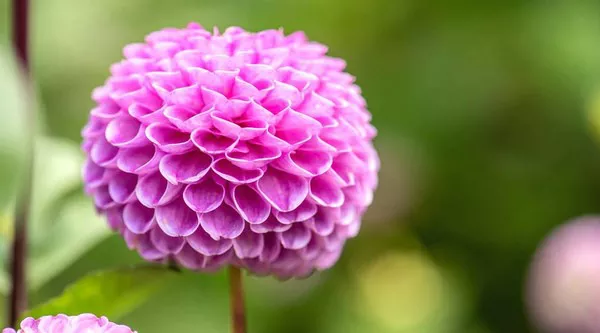Achieving the stunning and vibrant blooms of hydrangea plants in your garden can be a rewarding endeavor. While witnessing these flowers in full splendor can be a true delight, some gardeners might face challenges in getting their hydrangeas to blossom during the summer months. However, there’s no need to feel disheartened, as a seasoned gardening expert has shared valuable insights on how to ensure successful hydrangea flowering.
Jessica Zander, a gardening coach with over three decades of experience, who is known as the “Mary Poppins but for your garden,” is dedicated to sharing her gardening wisdom through her TikTok account @youcandoitgardening. In a recent video, she revealed effective strategies for addressing common issues that might hinder hydrangea flowering.
Zander playfully referred to hydrangeas as “very high maintenance” and likened them to divas in the plant world. She emphasized that making adjustments to certain factors in your garden can significantly influence hydrangea blooming.
A key factor Zander highlighted is fertilizer choice. She explained that hydrangeas thrive in acidic soil and cautioned against using fertilizers or plant food with excessive nitrogen content, as it may hinder flowering. Zander advised adding fertilizer with higher acidity, such as holly-tone, and increasing watering.
Another crucial consideration is the amount of sunlight and shade hydrangeas receive. Zander recommended avoiding afternoon sun exposure, as excessive sunlight can lead to wilting and hinder flowering. She mentioned that relocating the plants to shadier areas or areas with filtered light might be beneficial if necessary.
Proper pruning is also essential to promote healthy hydrangea growth. Zander emphasized the importance of timing and technique for pruning or deadheading hydrangeas. She advised waiting until late spring to prune, ensuring that new growth isn’t expected on the dead-looking stalks emerging from the ground. At that point, gardeners should prune them back to the ground.
Zander noted that the origin of the hydrangea can influence its flowering potential. Hydrangeas bought from florists, known as florist hydrangeas, might not thrive after blooming. She suggested being cautious about these varieties.
However, Zander acknowledged that despite best efforts, some flowers might simply not bloom as expected. She mentioned that, in some cases, a plant might be a “dud.”
For gardeners aiming to enjoy lush hydrangea blooms, Zander advised planting hydrangeas in September, often referred to as the “second summer” for gardening. Establishing the plant’s roots during this time can lead to abundant and beautiful blooms the following June.
By following these expert insights and techniques, gardeners can maximize the potential of their hydrangea plants, creating a colorful and captivating display in their outdoor spaces.


